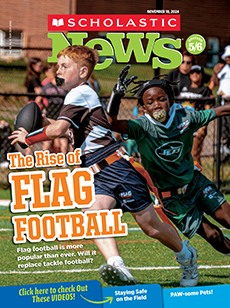1. According to the article, why is what happened after Ludwig Borchardt saw the statue of Queen Nefertiti still being debated?
The article states that what happened after Ludwig Borchardt saw the statue of Queen Nefertiti is still being debated because people disagree on whether Borchardt had permission to bring the statue to Germany. The article explains, “Borchardt had permission to take some items he found back to Germany. But Egyptian officials say the Nefertiti statue wasn’t one of them.”
R.8 Reasons and Evidence
2. Based on the article, what does Zahi Hawass hope to accomplish with his online petitions?
By circulating petitions online, Zahi Hawass probably hopes to show that there is widespread public support for returning Egyptian artifacts to Egypt. He likely believes that if each petition can get 1 million signatures, museums in other countries will feel pressured to return the artifacts.
R.5 Cause and Effect
3. What do you think Hawass means when he says that the Rosetta Stone is an important part of Egyptians’ identity?
When Hawass says that the Rosetta Stone is an important part of Egyptians’ identity, he means that the artifact played an important role in Egyptian cultural history. According to the article, “The carvings on the stone helped experts understand hieroglyphs—the pictures and symbols that ancient Egyptians used to represent words.”
R.1 Make Inferences
